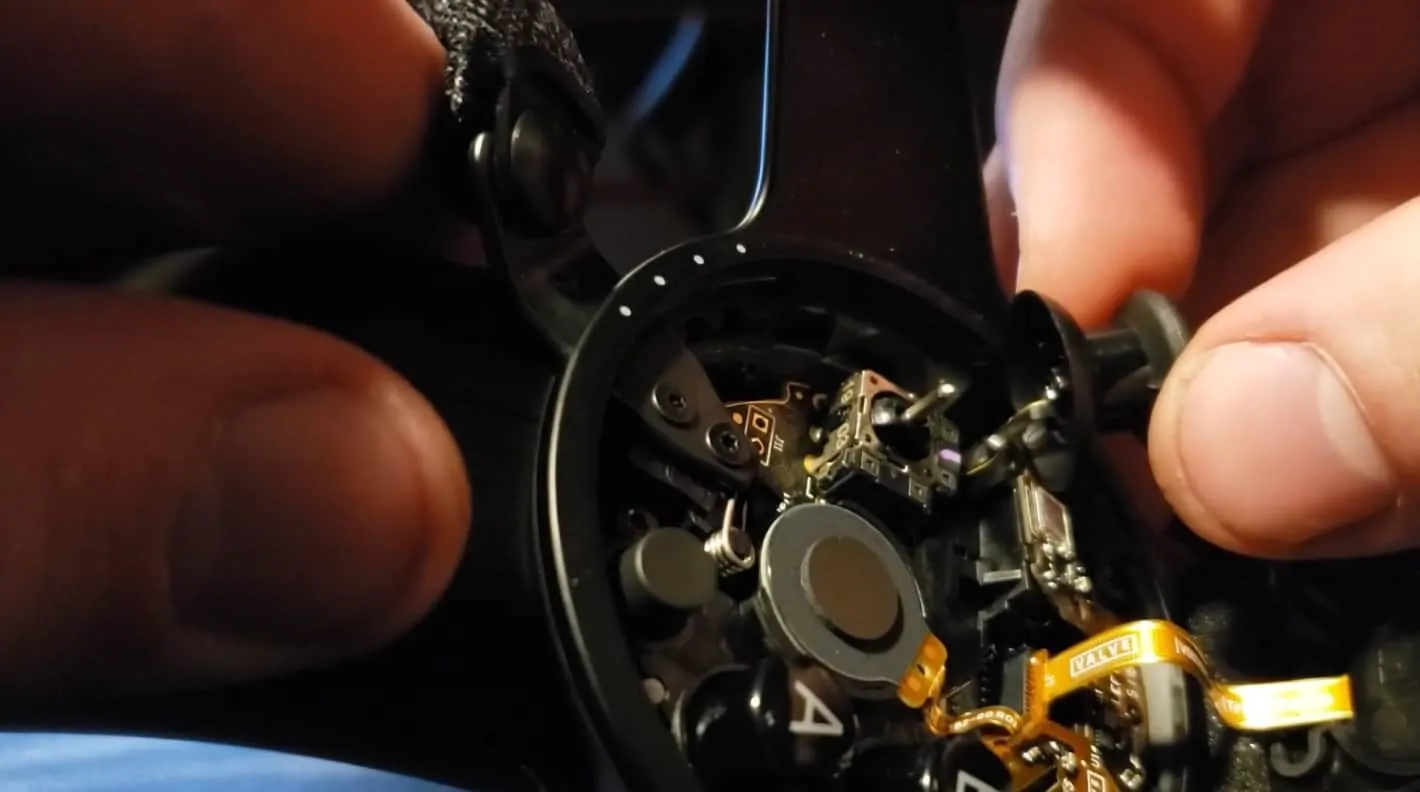Valve has been on the forefront of VR software tech for several years now, but up until recently, have taken a more backseat approach to the hardware side of the business. Beginning last week, Valve’s first full VR system, the Valve Index, shipped out to the first wave of pre-order customers to much praise. It is, after all, the most expensive and advanced VR system in many areas, but not all is well with the product design.
The Valve Index controllers, in particular, seem to have a design flaw with the joystick. Many users have reported issues with the joystick’s clicking mechanism, where you are supposed to be able to click down on the joystick as it is actually a button in and of itself. This clicking mechanism is not a new concept by any means, as controllers have had this sort of feature for two decades now, but Valve’s particular design seems to be missing something important.
Redditor Nilick put together a short video detailing how to fix the issue, which will require a small screwdriver and a pry tool, as well as a soldering gun to apply additional solder to the tip of the metal rod that holds the joystick in place. It seems that Valve isn’t using a long enough rod to make proper contact with the end of the joystick, and users are finding they either cannot click the joystick in at all, or have to use excessive force and deal with sporadic clicks from time to time.
These sorts of quality control issues are particularly disappointing not just because Valve’s Index is made entirely in Valve’s Seattle offices, but because there’s not a single part of the kit that’s inexpensive at all. The Valve Index controllers retail for $279 by themselves, which only make them $120 less expensive than the entire Oculus Quest system, which is also completely standalone and doesn’t rely on an expensive gaming PC to drive the experience.
Valve isn’t the only one dealing with some QA/QC issues either, but their response to this situation will certainly show users how much they can be trusted with those potential future VR projects. Oculus recently launched the Rift S, a supercharged version of the original Rift that featured a big redesign for the motion system. While this motion system featured several limitations upon launch in May, Oculus has since fixed those issues with software updates that are delivering an excellent user experience all around.
Valve’s Index controllers rely on several sensors all around the controller to deliver the most advanced level of input on any VR controller on the market. Each controller sports 87 sensors all around the controller to detect touch, pressure and motion, making your hand in the virtual space look and feel more like your actual hand in the real world. Players can physically grab objects and throw them in the virtual world just as they would in real life by picking them up with all five fingers and literally letting go.
Such advanced movements are made possible by a design that hugs the controller to the wrists and back of the hand, keeping the controller in place and allowing players to move more naturally, further reducing the barrier that typically can break down the experience and make it less believable.
If you’ve got Valve Index controllers and are wanting a quick fix without waiting for Valve to fix them for you, check out the video below and be sure to note that any such modifications could very well void any warranty offered for those expensive controllers.

